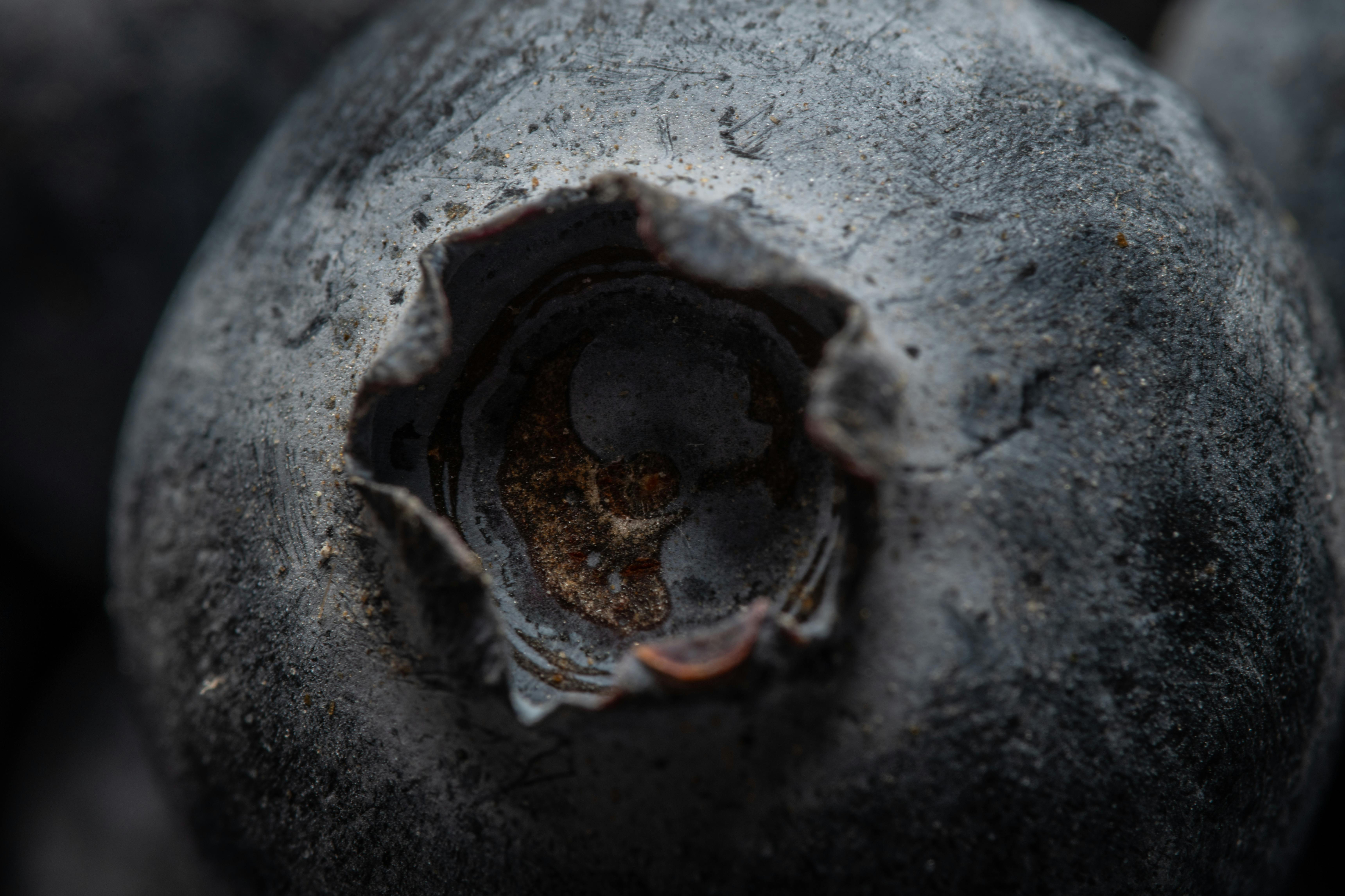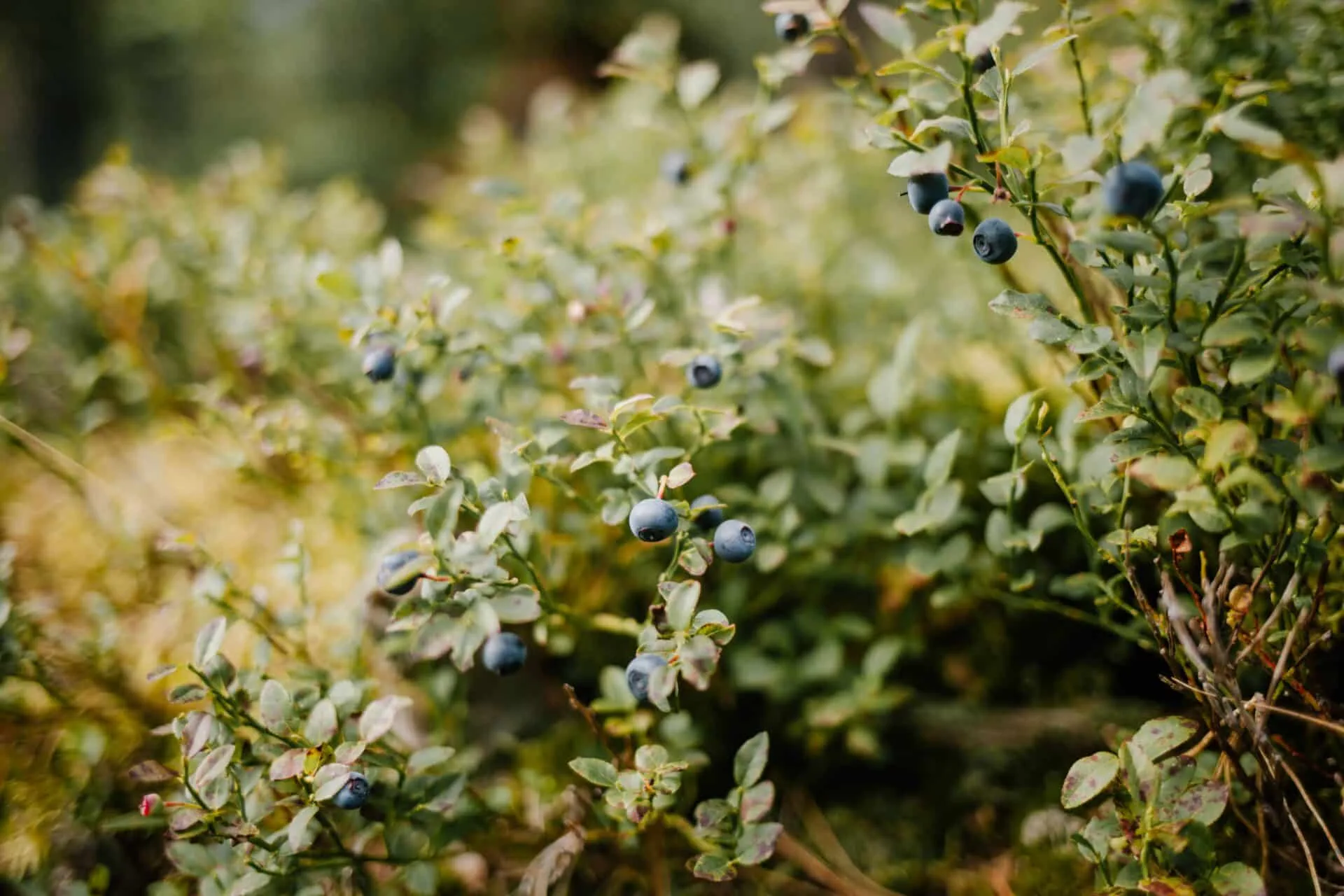Blueberry bushes are popular among home gardeners for their delicious fruit and attractive foliage. They are also relatively easy to grow and maintain compared to other fruit-bearing plants. However, if you want to transplant a blueberry bush, there are some things to consider before you start. This article will discuss the best practices for successfully transplanting blueberry bushes, as well as any risks and rewards associated with the process.The benefits of transplanting blueberry bushes are numerous. Transplanting allows the plant to be placed in an area where it can receive optimal sunlight and soil, as well as adequate irrigation. Additionally, transplanting can help reduce competition between plants and improve air circulation. Furthermore, it can stimulate growth by introducing a new variety to the garden. Lastly, transplanting helps to keep the blueberry plants healthy by preventing overcrowding and providing better access for pruning and maintenance.
Preparing Blueberry Bushes for Transplanting
When it comes time to transplant blueberry bushes, there are some steps you should take to ensure the plants have the best chance of success. Preparing the blueberry bushes for transplanting includes choosing a suitable location, preparing the soil, and properly pruning the plants before moving them. With a bit of care and preparation, you can increase the chances of successful transplanting.
When selecting a new site for your blueberry bushes, be sure to pick an area that gets plenty of sun and has well-draining soil. The soil should be rich in organic matter and have a pH between 4.5 and 5.2. If necessary, you can amend the soil with compost or peat moss to improve drainage and provide additional nutrients for your plants.
Once you’ve picked a suitable location for your plants, it’s time to prepare the soil for transplanting. Start by digging an 18-inch deep hole for each bush, making sure to loosen up any compacted areas of soil along the way. To further improve drainage in heavy clay soils, add some coarse sand or grit when refilling the hole with amended soil.
Finally, it’s important to properly prune your blueberry bushes before transplanting them. Start by removing any dead or diseased branches and then trimming back any overly long branches that could become damaged during transport. This will also help reduce stress on the plant during transplanting by creating a more balanced root-to-shoot ratio.
By following these steps when preparing blueberry bushes for transplanting, you can give your plants their best chance at success in their new location. With proper care and maintenance after planting, these hardy shrubs can produce delicious fruit season after season.
How to Plant Blueberry Bushes After Transplanting
Planting blueberry bushes after transplanting is a great way to add color and flavor to your garden. Transplanted blueberries are easy to care for and will provide you with delicious fruit throughout the season. However, there are a few things you should know before planting them in your garden. Here’s what you need to do:
1. Prepare the Soil – Before planting your blueberry bushes, make sure the soil is rich in organic matter and well drained. If necessary, add some compost or peat moss to the soil before planting to ensure optimal growth.
2. Plant at the Right Time – Blueberry bushes should be planted in early spring when temperatures begin to warm up and there is less risk of frost damage. Plant them in full sun for best results.
3. Water Regularly – Water your transplanted blueberry bushes regularly, especially during hot weather, as they can dry out quickly. Mulch around the base of the bush with organic material such as straw or bark chips to help retain moisture.
4. Prune and Fertilize – Prune away any dead or damaged branches and use an acid-based fertilizer specifically formulated for blueberries every spring when new growth appears. This will help promote healthy growth and better yields.
By following these simple steps, you can ensure that your transplanted blueberry bushes thrive in your garden for many years to come!
What Is the Best Time to Transplant Blueberry Bushes?
The best time to transplant blueberry bushes is in late fall or early winter. This is when the plant is dormant and can be moved with minimal shock to the roots. If possible, try to transplant on a cloudy day or late in the day so that the plant doesn’t have to endure too much sun during the move. When transplanting, make sure to not damage or break any of the roots. After transplanting, water deeply and mulch around the base of the bush to help retain moisture and protect it from cold temperatures.
It is important to note that blueberries need at least two hours of direct sunlight per day so make sure that when selecting a new location for your bush that it will receive plenty of sun throughout the growing season. This is especially important if you are planting multiple bushes as they need a good amount of space between them. Also, make sure you are planting in soil that drains well as blueberries do not do well in soggy soil conditions.
What Type of Soil Is Best for Transplanting Blueberry Bushes?
When transplanting blueberry bushes, it is important to choose the right type of soil. Ideally, the soil should be loose and well-draining, with a pH range between 4.0 and 5.5. This acidic environment is necessary for blueberries to thrive and produce an abundance of fruit.
The soil should also be rich in organic matter and nutrients, such as nitrogen, phosphorus, potassium, magnesium, calcium, iron, zinc, manganese and boron. Adding a layer of compost or aged manure will help to ensure that the soil has all the necessary nutrients for blueberry growth.
It is also important to make sure that the soil has good drainage. If the soil is too wet or waterlogged, the roots of the blueberry bushes can become damaged or even rot away. To improve drainage in clay soils, it may be necessary to add sand or perlite to help break up any compacted areas.
Finally, mulching around blueberry bushes helps to keep weeds at bay and retain moisture in the soil during dry periods. A thick layer of organic mulch such as sawdust or straw will also help to keep the temperature of the soil stable so that roots are not affected by sudden changes in extreme temperatures.
By providing blueberry bushes with well-draining soil that is full of organic matter and essential nutrients, gardeners can ensure that their plants have everything they need to thrive and produce delicious fruits for years to come!

Should I Prune Blueberry Bushes Before Transplanting?
Pruning blueberry bushes before transplanting is a great way to ensure they are healthy and look their best in their new location. It also helps reduce the amount of shock that the plant may experience when it is moved to a new environment. Pruning encourages new growth and allows for better air circulation, which can help the plant adapt more quickly to its new home. Pruning also helps to reduce the amount of work required on the part of the gardener once the bush has been transplanted, as it will be easier to manage with less foliage.
When pruning blueberry bushes before transplanting, a few key points should be kept in mind. First, prune only when necessary and only enough to remove dead or diseased branches or limbs. Removing more than one-third of the total foliage can shock or even kill a bush, so always err on the side of caution. Additionally, prune at least four weeks before transplanting so that any injuries have time to heal and regrow. Lastly, make sure all pruning tools are sharp and clean before use to help minimize potential damage to the bush.
In general, blueberry bushes should only be pruned if necessary prior to transplanting. Pruning can encourage healthy growth and aid in adaptation to a new environment, but it should always be done carefully and with caution in order to prevent any long-term damage or stunting of growth. Keeping these points in mind can help ensure that blueberry bushes thrive after being moved to their new home!
How to Care for Newly Transplanted Blueberry Bushes
Caring for newly transplanted blueberry bushes is essential for ensuring their successful growth and production of delicious fruit. To ensure that your blueberry bushes are healthy and thriving, you should follow the steps below.
First, water your newly transplanted blueberry bushes regularly. They will need to be watered every other day, especially during the first few weeks after transplanting. You should also add a layer of mulch around your blueberry bushes to help retain moisture and prevent weeds from growing.
Next, it is important to fertilize your blueberry bushes regularly with a balanced fertilizer that is specially formulated for acid-loving plants like blueberries. Apply the fertilizer according to the instructions on the label and water it in thoroughly after application. You should also add amendments such as compost or peat moss to create an acidic soil environment that blueberries thrive in.
Finally, protect your blueberry bushes from birds by covering them with bird netting or covering them with fabric row covers. This will ensure that your blueberries get a chance to ripen before they are eaten by birds. Additionally, prune away any dead or damaged branches and leaves as needed to keep your bush healthy and productive.
By following these simple steps, you can ensure that your newly transplanted blueberry bushes will thrive and produce delicious fruit for many years to come!
What Are the Challenges of Transplanting Blueberry Bushes?
Transplanting blueberry bushes can be a challenging task. The most important factor is to ensure the blueberry bush has plenty of space and access to sunlight. Blueberries require full sun for at least six hours a day, so they will need to be planted in an area that receives adequate sunlight. If the area does not have enough sunlight, it may be necessary to supplement natural light with artificial lighting.
The soil conditions will also need to be considered when transplanting blueberry bushes. Blueberries prefer acidic soil with a pH of 4.5-5.5 and require good drainage in order for the roots to remain healthy and productive. If the soil is too compacted or does not offer proper drainage, amending it may be necessary before transplanting.
Pruning is also an important factor to consider when transplanting blueberry bushes. Pruning helps encourage more flowers and fruit, but should only be done when the blueberry bush has become established in its new location and is ready for it. Pruning too soon can cause stress on the bush and reduce its productivity.
Transplanting blueberry bushes requires careful thought and consideration of all aspects involved, including soil composition, amount of sunlight available, and pruning techniques in order for them to thrive in their new home.

Conclusion
Transplanting blueberry bushes can be a great way to enjoy the fruit of your labor in a new spot. However, it is important to understand the specific requirements for your particular variety of blueberry bush and to follow the instructions for planting and care. Be sure to plant your blueberry bush in a sunny location that has plenty of drainage, and provide it with an acidic soil that is rich in organic matter. With proper watering and fertilizing, you can expect your blueberry bush to thrive in its new location.
Ultimately, transplanting blueberry bushes is an excellent way to enjoy the delicious fruit they produce and can be done successfully with the right preparation and care. Don’t be discouraged if it doesn’t happen right away—with patience and dedication, you will soon enjoy the sweet taste of success.



